<?xml version="1.0" encoding="utf-8"?>
<manifest xmlns:android="http://schemas.android.com/apk/res/android"
package="com.example.your.package"
android:versionCode="1"
android:versionName="1.0" >
<uses-sdk
android:minSdkVersion="10"
android:targetSdkVersion="19" />
<uses-permission android:name="android.permission.INTERNET" />
<application
android:allowBackup="true"
android:icon="@drawable/ic_launcher"
android:label="@string/app_name"
android:theme="@style/AppTheme" >
<activity
android:name="com.example.your.package.activity.Login"
android:label="@string/app_name" >
<intent-filter>
<action android:name="android.intent.action.MAIN" />
<category android:name="android.intent.category.LAUNCHER" />
</intent-filter>
</activity>
<activity
android:name="com.example.your.package.activity.Create"
android:label="@string/app_name" >
</activity>
</application>
</manifest>
In this case, the intent-filter of LOGIN activity specifies that the intent with action of MAIN and category of LAUNCHER will be caught by it, aka it is where the application starts.
Afterwards,
public class Login extends Activity
{
//honestly I'd name this class LoginActivity and same in the XML
@Override
public void onCreate(Bundle saveInstanceState)
{
super.onCreate(saveInstanceState);
setContentView(R.layout.activity_main);
}
....
}
Also look at this example to learn how to use Fragments:
NullPointerException accessing views in onCreate()

